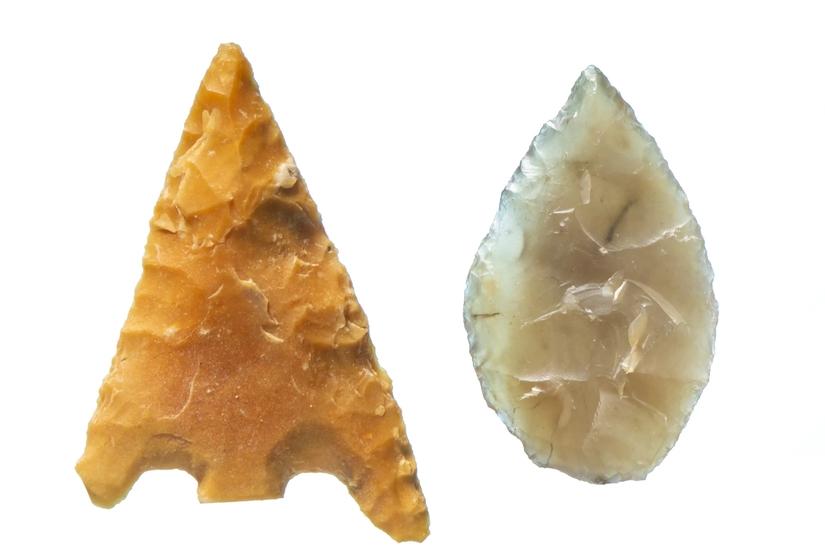Between 2021-2024 we excavated in Bedfordshire and Cambridgeshire as part of the National Highways A428 Black Cat to Caxton Gibbet Improvement Scheme.
We discovered that people have been in this area for thousands of years, as far back as the Neolithic (c. 4000-2200 BC). However, we found the most evidence for life during the Iron Age (800 BC – AD 43) and Roman period (43 – 410 AD).

Across this period there were several small settlements – often made up of just one or two roundhouses – covering the area. There appears to have been intense farming in the region during this time and trading among local communities, the wider country, and Europe.
Settlements ranged in size and prosperity. Some had huge roundhouses and appeared to be doing complicated activities like making pottery and potentially brewing beer. Others were very small and we only found evidence of a roundhouse with some pieces of everyday pottery.
These excavations allowed us to learn about an entire landscape at once, over a long period of time. Throughout the dig, we pieced together information and gradually understood more about what this area was like.